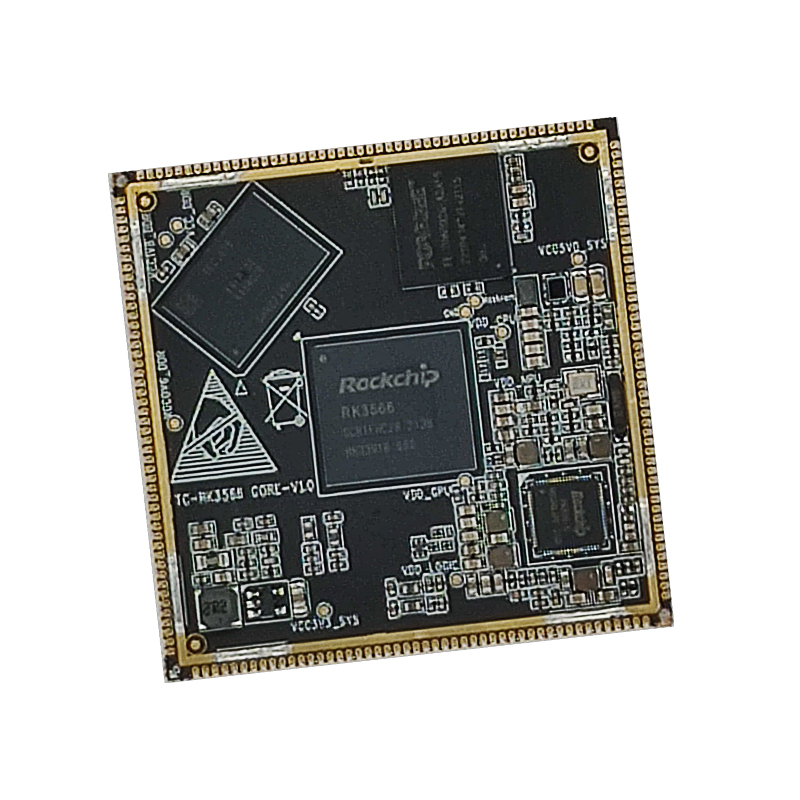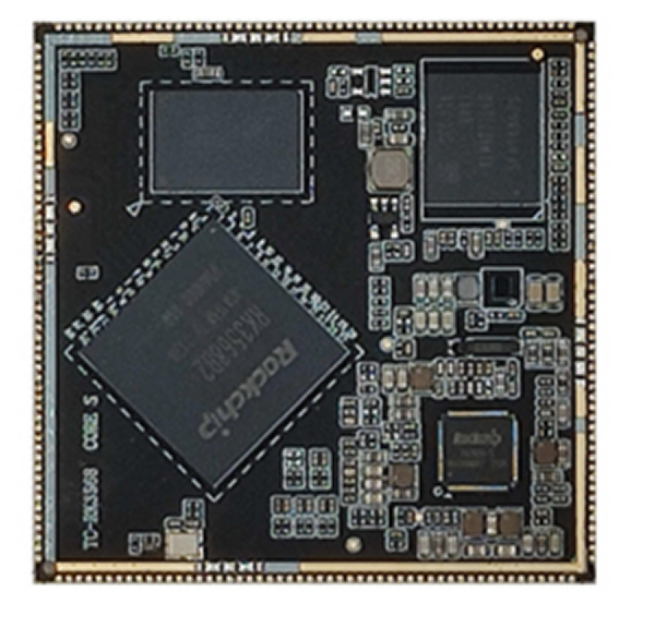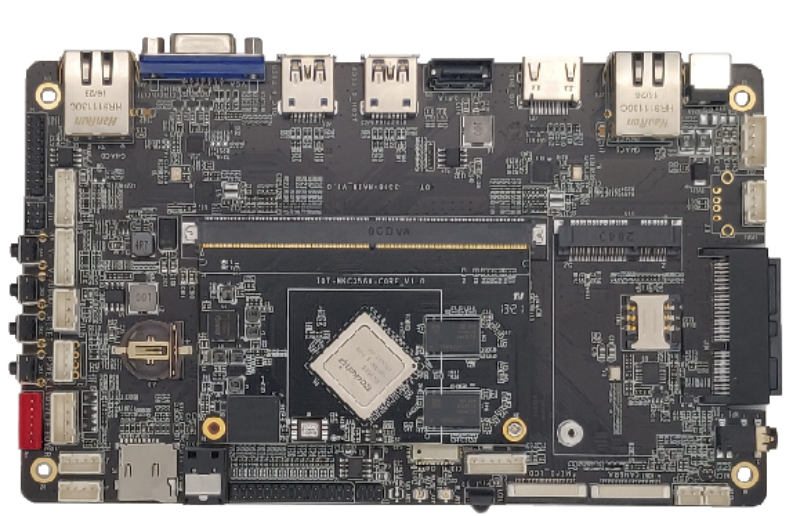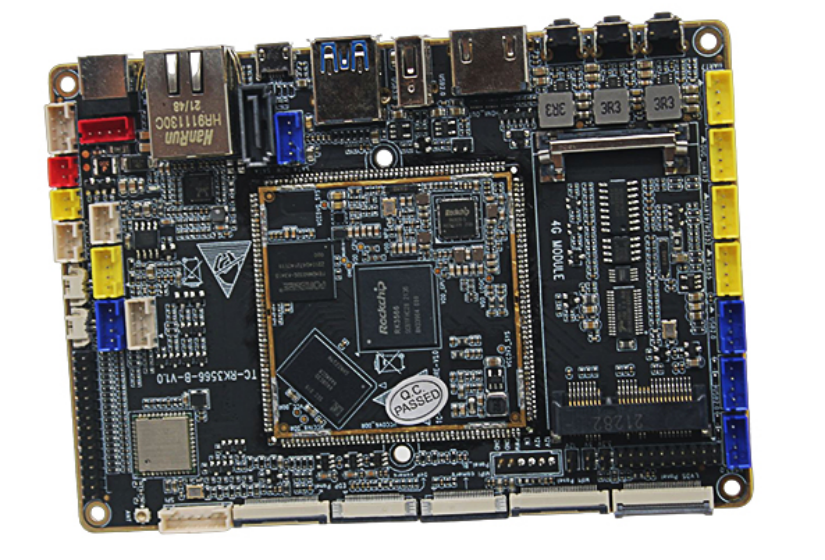What is a SoM PCBA?
A SoM is a PCB that functions as a complete embedded computer system, comprising a processor (or multiprocessor unit) and all of the ICs required for the processor to function properly, including read-only memory, random access memory, power-management ICs, crystal oscillators and passive components.

What are the advantages of the SoM over a chip-down design?
For low to mid volume projects, SOMs offer a more cost-effective solution than chip-down board production, with a faster time to market and long product lifecycle. A SOM is combined with a custom baseboard to give you complete control over the full system configuration.

What are the benefits of SOM?
The main advantage of using a SOM is that the data is easily interpretted and understood. The reduction of dimensionality and grid clustering makes it easy to observe similarities in the data.

The difference between the development board and system on module(SOM)
The development board (demo board) is a circuit board used for embedded system development, including a series of hardware components such as central processing unit, memory, input device, output device, data path/bus and external resource interface. In the general embedded system development process, the hardware is divided into two platforms, one is the development platform (host), and the other is the target platform (target), that is, the development board. The development platform described here refers to using a computer to connect to the target platform through a transmission interface, such as a serial port (RS-232), USB, parallel port, or network (Ethernet). The following editor will introduce to you "the difference between the development board and SOM, the role of the development board"

1. The definition and components are different.
The development board is a circuit board used for embedded system development, which consists of input devices, output devices, memory, data paths/buses, central processing units, and external resource interfaces.
System on module is an electronic motherboard that packages and encapsulates the core functions of the MINI PC. Most of System on modules integrate CPU, storage devices and pins, which are connected with the supporting baseboard through the pins to realize a system chip in a certain field.
2. Different functions
The development board is for beginners to understand and learn the hardware and software of the system. At the same time, some development boards also provide basic integrated development environment, software source code and hardware schematic diagram. It is an embedded board for R&D, research, and learning. The most important thing is that the development board can be made according to their own needs, or it can be researched and designed by the user himself.
Because System on module integrates the common functions of the core, it has the versatility that one SOM can customize various base boards, which improves the development efficiency of the single-chip microcomputer. Furthermore, System on module is separated as an independent module, which reduces the difficulty of development and increases the stability and maintainability of the system.

2. The role of the development board
1. The development board is for learning. The development board has designed common circuits for learners. Learners do not need to make circuit boards, purchase components and solder assembly by themselves.
2. Most of the development boards are related to microprocessors. The development boards will design some typical programs for various typical applications, and let learners test and learn.
3. The development board can effectively improve the learning efficiency and shorten the research and development progress.

